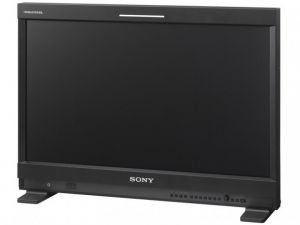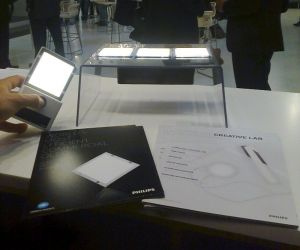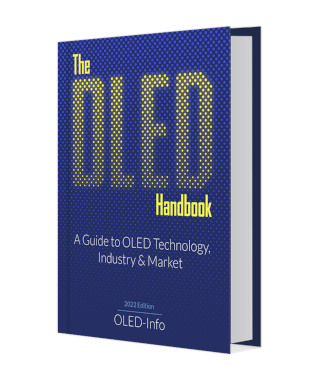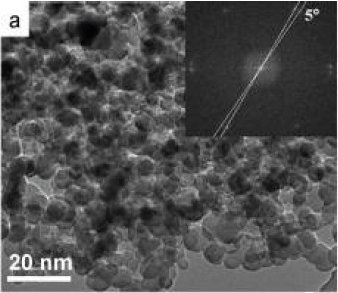Is Samsung working on a 5.3" Super AMOLED Plus phone?
There are reports that Samsung is working on a new device called the Galaxy Q that will bridge the gap between the smartphone and the small tablet. It will have a Super AMOLED Plus 5.3" display. The Q will come in two versions: 3G and LTE, and will launch in September during the IFA 2011 exhibition in Germany.
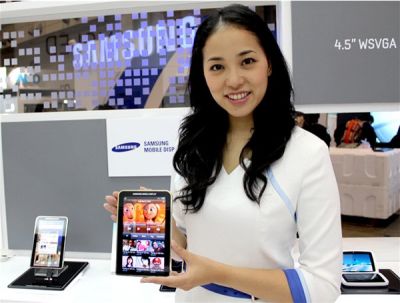 A 7-inch Super AMOLED prototype
A 7-inch Super AMOLED prototype
Achieving an HD (720p) display on a 5.3" screen requires around 270 ppi - which means that Samsung will not be able to offer that resolution using their current technology (which limits AMOLEDs to around 200 ppi). So this is probably not the rumored Super AMOLED HD display.


